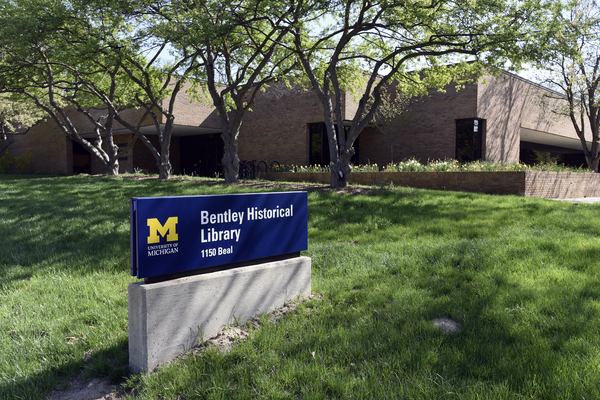American poet and novelist (some with anti-war themes), pacifist and women's rights advocate, participant in the International Congress of Women at The Hague in 1915 and subsequent activities of the Women's International League for Peace and Freedom. The author of numerous poems and other literary works, she "projected a clear vision of a new social order". Throughout her work runs the prophecy of the triumph of new moral values and a strong identification with the "downtrodden masses". The papers of Angela Morgan document her long career as a twentieth century writer and social reformer. Papers include extensive correspondence with leading pacifists, literary figures and women's rights activists, manuscripts of Morgan's poetry, novels and other writings, clipping and subject files on pacifist activities and photographs.
The Angela Morgan papers document her long career as a twentieth century writer and social reformer. The collection includes extensive correspondence files, biographical and personal files, drafts of writings, pamphlets, newspaper clippings and other papers relating to her activities as a pacifist and her literary interests; also material on World War I peace movement concerning International Congress of Women, Ford Peace Ship, American Neutral Conference Committee, Emergency Peace Federation, Fellowship of Reconciliation, Bureau of Legal First Aid, People's Council of America and New York City branch of the Woman's Peace Party; also scattered papers, 1861-1922, of her father, Albert T. Morgan, who came to Mississippi after the Civil War; and photographs.
The collection contains much information on organizations such as the General Federation of Women's Clubs, (she served as poet laureate of this organization in the 1930's), the League of American Pen Women (she served as president of the Philadelphia branch from 1929 to 1931) and the Poetry Society of America.
Throughout her long career Angela Morgan kept up a correspondence with ministers (such as Fred Winslow Adams, Charles F. Aked, Harry Emerson Fosdick, John Haynes Holmes, Jenkin Lloyd Jones, Frederick Lynch, John Herman Randall and Arthur Weatherly), journalists and magazine editors (such as Kendall Banning, William F. Bigelow, Sewell Haggard, and Franklin B. Wiley) and literary people (such as Anita Browne, Ralph Cheyney, Edwin Markham, Corinne Roosevelt Robinson, Lucia Trent and Ella Wheeler Wilcox).
Another valuable aspect of the paper is the material on Angela Morgan's involvement in the peace movement, especially during World War I. Her involvement was apparently due both to the fact that she agreed with many of the ideas of the pacifists and the fact that her office was in the same building (70 Fifth Avenue in New York) which housed the headquarters of almost every significant peace group in New York City. Included in her correspondence are letters from Crystal Eastman, Margaret Lane, Rebecca Shelley, Norman Thomas, the American Neutral Conference Committee, the Bureau of Legal First Aid, the Fellowship of Reconciliation, and the Woman's Peace Party. One folder from 1915 contains notes on interviews with German pacifists conducted by Angela Morgan and Rebecca Shelley. The collection also contains much information on the International Congress of Women in 1915 (a meeting of pacifists to which Angela was a delegate) and the Ford Peace Ship.
